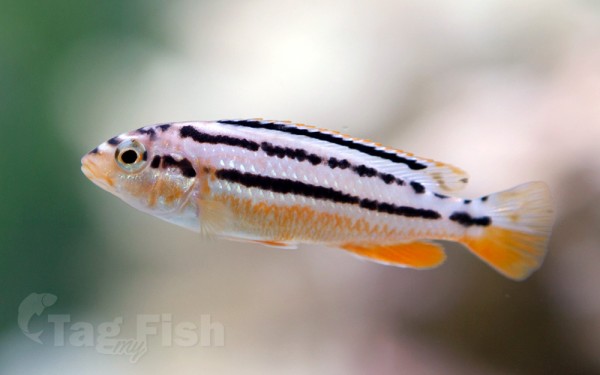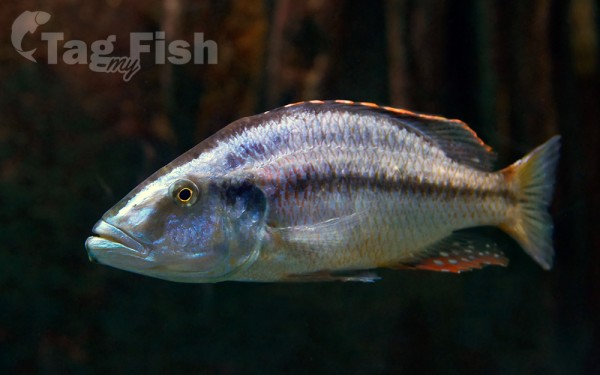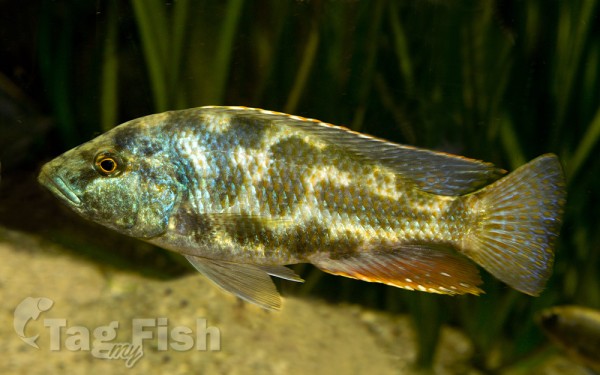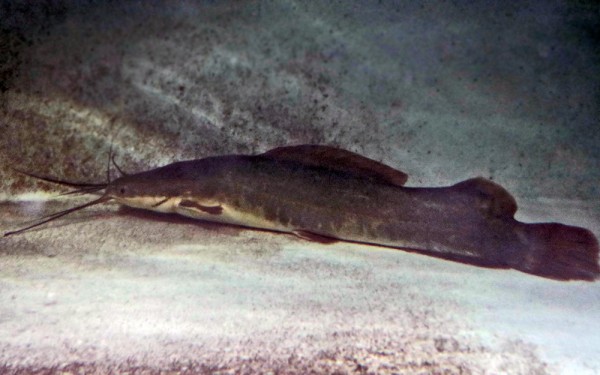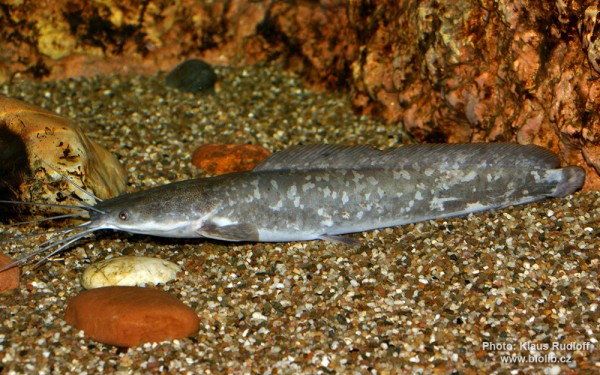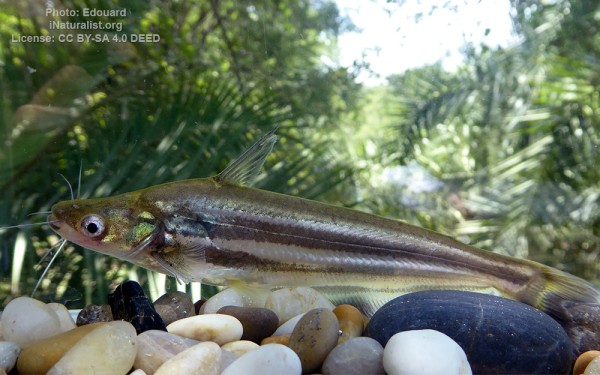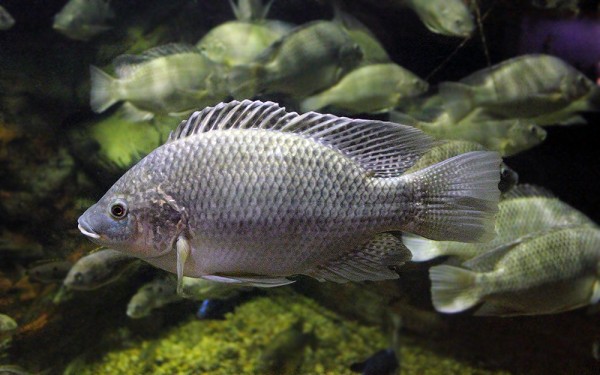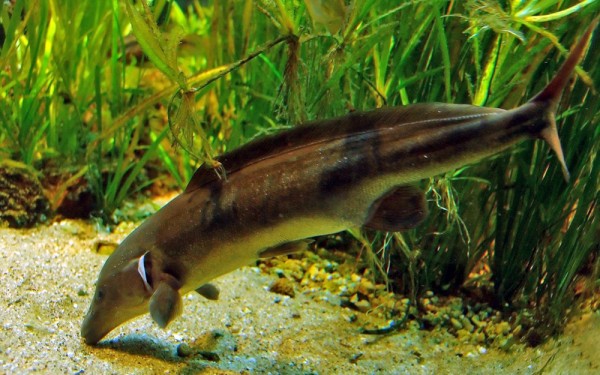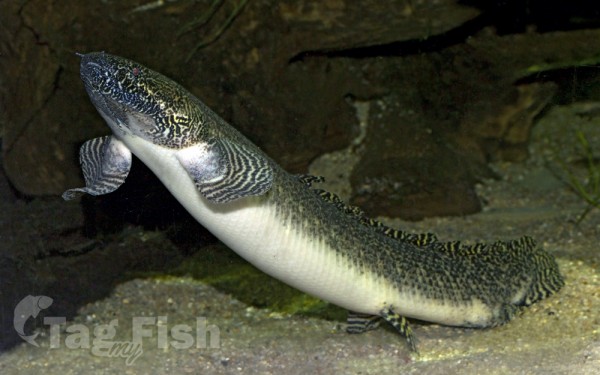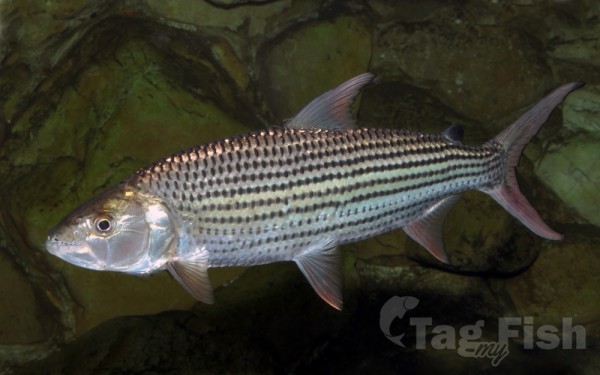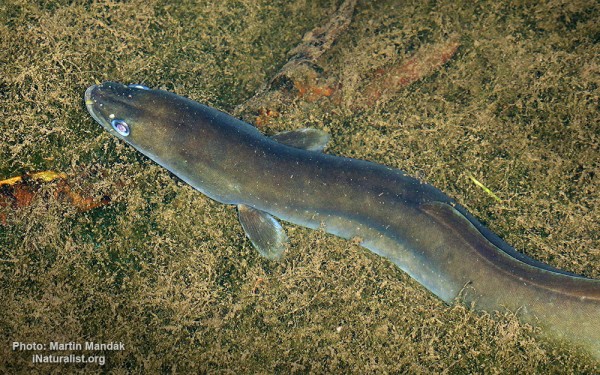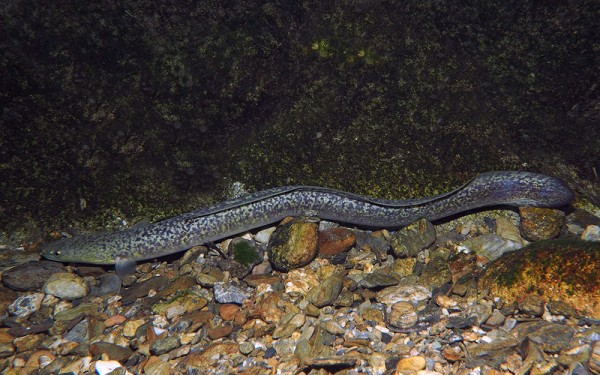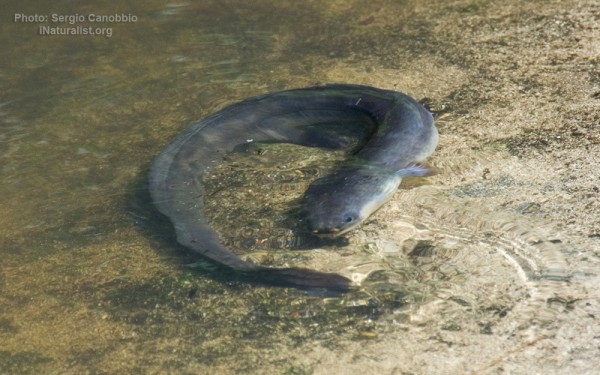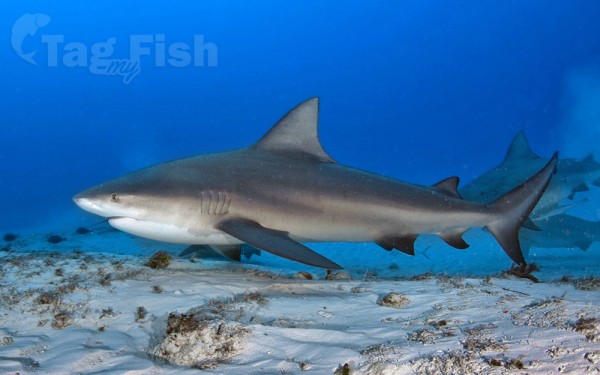Lake Malawi

Siluriformes - Catfishes
Cichliformes - Cichlids
Siluriformes - Catfishes
Cichliformes - Cichlids
Osteoglossiformes - Bony tongues
Ceratodontiformes - Lungfishes
Characiformes - Characins
Anguilliformes - Eels and morays
Carcharhiniformes - Ground sharks
Siluriformes - Catfishes
Cichliformes - Cichlids
Osteoglossiformes - Bony tongues
Ceratodontiformes - Lungfishes
Characiformes - Characins
Anguilliformes - Eels and morays
Carcharhiniformes - Ground sharks
Lake Malawi, also known as Lake Nyasa in Tanzania and Lago Niassa in Mozambique, is an African Great Lake and the southernmost lake in the East African Rift system, located between Malawi, Mozambique and Tanzania.
It is the fifth largest fresh water lake in the world by volume, the ninth largest lake in the world by area, and the third largest and second deepest lake in Africa.
Lake Malawi is home to more species of fish than any other lake in the world, including at least 700 species of cichlids. The Mozambique portion of the lake was officially declared a reserve by the Government of Mozambique on June 10, 2011, while in Malawi a portion of the lake is included in Lake Malawi National Park.
Lake Malawi is a meromictic lake, meaning that its water layers do not mix. The permanent stratification of Lake Malawis water and the oxic-anoxic boundary (relating to oxygen in the water) are maintained by moderately small chemical and thermal gradients.
Fish & Fishing
Lake Malawi has for millennia provided a major food source to the residents of its shores since its waters are rich in fish. Among the most popular are the four species of chambo, consisting of any one of four species in the subgenus Nyasalapia (Oreochromis karongae, O. lidole, O. saka and O. squamipinnis), as well as the closely related O. shiranus.
Other species that support important fisheries include the Lake Malawi sardine (Engraulicypris sardella) and the large kampango catfish (Bagrus meridionalis).
Most fishing provides food for the increasing human population near the lake, but some are exported from Malawi. The wild population of fish is increasingly threatened by overfishing and water pollution. A drop in the lakes water level represents another threat, and is believed to be driven by water extraction by the increasing human population, climate change and deforestation. The chambo and kampango have been particularly overfished (the kampango declined by about 90% from 2006 to 2016, O. karongae and O. squamipinnis by about 94%, and O. lidole might already be extinct) and they are now seriously threatened. The IUCN recognises 117 species of Malawi cichlids as threatened; some of these have tiny ranges and may be restricted to rocky coastlines only a few hundred metres long.
Cichlids
Lake Malawi is noted for being the site of evolutionary radiations among several groups of animals, most notably cichlid fish. There are at least 700 cichlid species in Lake Malawi, with some estimating that the actual figure is as high as 1,000 species. The actual number is labelled with some uncertainty because of the many undescribed species and the extreme variation among some species, making the task of delimiting them very complex. Except for four species (Astatotilapia calliptera, Coptodon rendalli, Oreochromis shiranus and Serranochromis robustus), all cichlids in the lake are endemic to the Malawi system, which also includes nearby smaller Lake Malombe and the upper Shire River. Many of these have become popular among aquarium owners due to their bright colors. Recreating a Lake Malawi biotope to host cichlids became quite popular in the aquarium hobby. Most Malawi cichlids are found in relatively shallow coastal waters, but Diplotaxodon has been recorded down to depths of 200–220 m (660–720 ft) and several (especially Diplotaxodon, Rhamphochromis and Copadichromis quadrimaculatus) are known from pelagic waters.
The cichlids of the lake are divided into two groups and the vast majority of the species are haplochromines. The sister species to the Malawi haplochromines is Astatotilapia sp. Ruaha (a currently undescribed species from Great Ruaha River), and these two separated between 2.13 and 6.76 million years ago (mya). The earliest divergence within the Malawi haplochromines occurred between 1.20 and 4.06 mya, but most radiations in this group are far younger; in extreme cases species may have diverged only a few hundred years ago. The Malawi haplochromines are mouthbrooders, but otherwise vary extensively in general behaviour and ecology.
Within the Malawi haplochromines there are two main groups, the haps and the mbuna. The haps (they were formerly included in Haplochromis) can be further subdivided into three subgroups: The relatively large, often more than 20 cm (8 in) long, and aggressive piscivores that roam various habitats in pursuit of prey, the open-water (although often not far from sand or rocks) utaka that feed in schools on zooplankton and typically are of medium size, and finally a subgroup of aberrant species that essentially are defined by them not fitting clearly into the other subgroups. Adult male haps generally display bright colors, while juveniles of both sexes and adult females typically show a silvery or grey coloration with sometimes irregular black bars or other markings. The second main haplochromine group are the mbuna, a name used both locally and popularly, which means rockfish in Tonga. They are found at rocky outcrops, territorially aggressive (although commonly found in high densities) and often specialised aufwuchs feeders. The mbuna species tend to be relatively small, mostly less than 13 cm (5 in) long, and often both sexes are brightly colored with males having egg-shaped yellow spots on their anal fin (a feature particularly prevalent in the mbuna, but not exclusive to this group).
The second group, the tilapia, comprises only six species in two genera in Lake Malawi: The redbreast tilapia (Coptodon rendalli), a widespread African species, is the only substrate-spawning cichlid in the lake. This large cichlid mainly feeds on macrophytes. The remaining are five mouthbrooding species of Oreochromis; four chambo in the subgenus Nyasalapia (O. karongae, O. lidole, O. saka and O. squamipinnis) that are endemic to the Lake Malawi system, as well as the closely related O. shiranus, which also is found in Lake Chilwa. The Malawi Oreochromis mainly feed on phytoplankton, reach lengths up to 26–42 cm (10–17 in) depending on the exact species, and are mostly black or silvery-gray with relatively indistinct dark bars. Male chambo have unique genital tassels when breeding, which aid in egg fertilisation in a manner comparable to the egg-spots on the anal fin of haplochromines.
Non-cichlids
The vast majority of the fish species in the lake are cichlids. Among the non-cichlid native fish are several species of cyprinids (in genera Barbus, Labeo and Opsaridium, and the Lake Malawi sardine Engraulicypris sardella), airbreathing catfish (Bathyclarias and Clarias, and the kampango Bagrus meridionalis), mochokid catfish (Chiloglanis and Malawi squeaker Synodontis njassae), Mastacembelus spiny eel, mormyrids (Marcusenius, Mormyrops and Petrocephalus), the African tetra Brycinus imberi, the poeciliid Aplocheilichthys johnstoni, the spotted killifish (Nothobranchius orthonotus), and the mottled eel (Anguilla nebulosa).
At a genus level, most of these are widespread in Africa, but Bathyclarias is entirely restricted to the lake.

